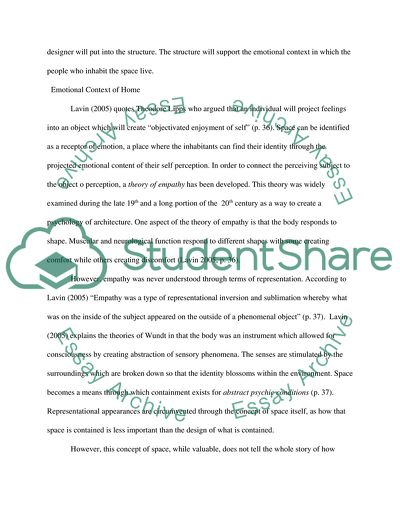Cite this document
(Home and Phenomenology Essay Example | Topics and Well Written Essays - 2250 words, n.d.)
Home and Phenomenology Essay Example | Topics and Well Written Essays - 2250 words. https://studentshare.org/architecture/1745635-home-and-phenomenology
Home and Phenomenology Essay Example | Topics and Well Written Essays - 2250 words. https://studentshare.org/architecture/1745635-home-and-phenomenology
(Home and Phenomenology Essay Example | Topics and Well Written Essays - 2250 Words)
Home and Phenomenology Essay Example | Topics and Well Written Essays - 2250 Words. https://studentshare.org/architecture/1745635-home-and-phenomenology.
Home and Phenomenology Essay Example | Topics and Well Written Essays - 2250 Words. https://studentshare.org/architecture/1745635-home-and-phenomenology.
“Home and Phenomenology Essay Example | Topics and Well Written Essays - 2250 Words”. https://studentshare.org/architecture/1745635-home-and-phenomenology.


